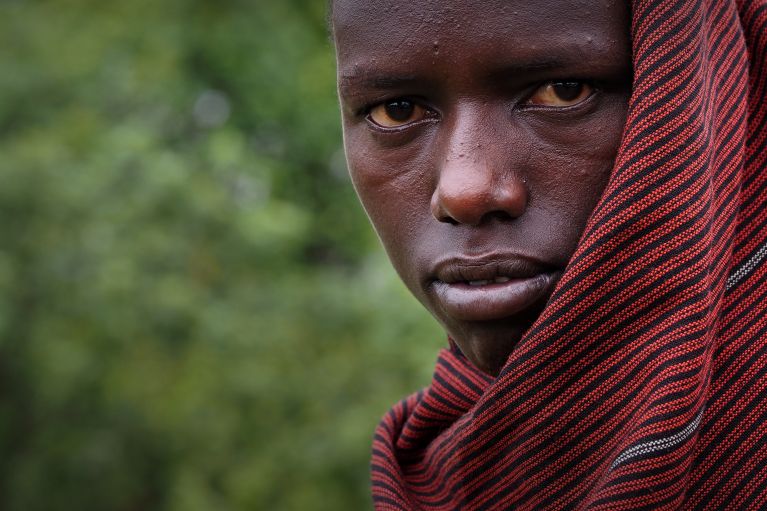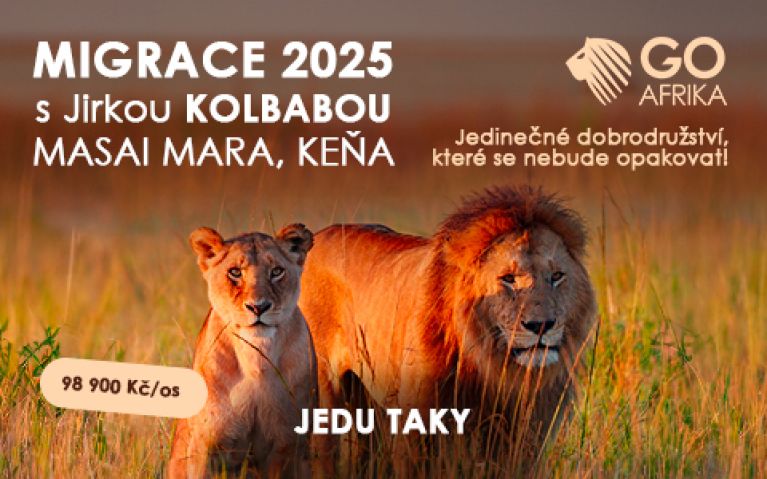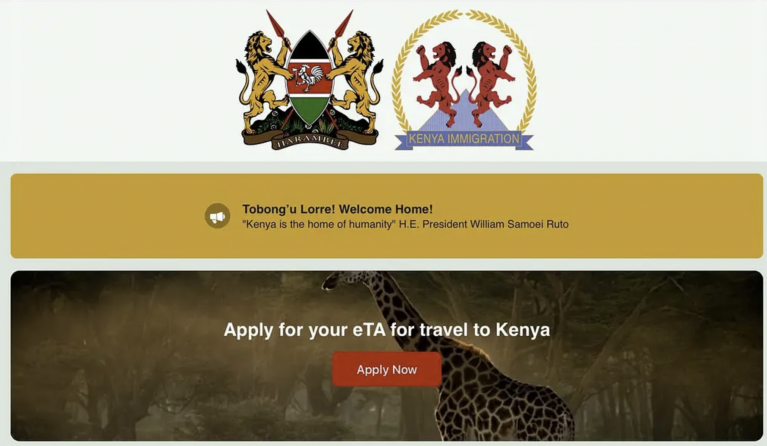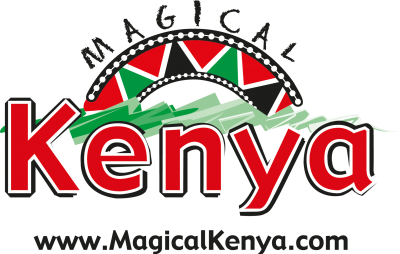
Jan Varga
author
It can be said that the weather in Kenya is similar all year round, mainly due to the fact that it lies on the equator. The only exception is the rainy season, which begins each year in Kenya at the turn of March and April and ends in the first half of June. However, even this season has its charm. On the coast, especially on Diani Beach, it rains mostly at night, which creates pleasant conditions for relaxation and sleep. In the morning, the sky breaks and the days are usually sunny even during the rains. However, this cannot be taken as a rule. It is becoming more and more common that it rains for several days at a time. Inland, the rainy situation is worse. It's raining longer and harder than on the coast.
Average air temperatures range from 28 ° C to 32 ° C. 28 ° C is mainly during the rainy season. Ocean temperatures range from 25 ° C to an incredible 28 ° C. It dawns in Kenya all year before just before seven o'clock in the morning and the sun sets again just before seven o'clock in the evening.
From our own experience we know that the ideal place for a holiday in Kenya is Diani Beach. And for several reasons. The biggest of them, in our opinion, is the presence of coral, which stretches at a distance of about 700 m from the shore along the entire Diani Beach. The coral creates a kind of barrier between the coast and the open ocean. At high tide, even the biggest waves break on it, at low tide the coral then creates a beautiful water lagoon, as if created for swimming. Another advantage is greater privacy and smaller crowds over the northern coast, thanks to more complicated, but not complicated, traffic from Mombasa International Airport. There is only one road from Diana to the airport, the waterway. So you have to cross the bay in Mombasa by ferry. You will find the best and best rated hotels in Kenya. It is no coincidence that, according to an independent survey, Diani Beach is one of the 20 most beautiful beaches in the world.
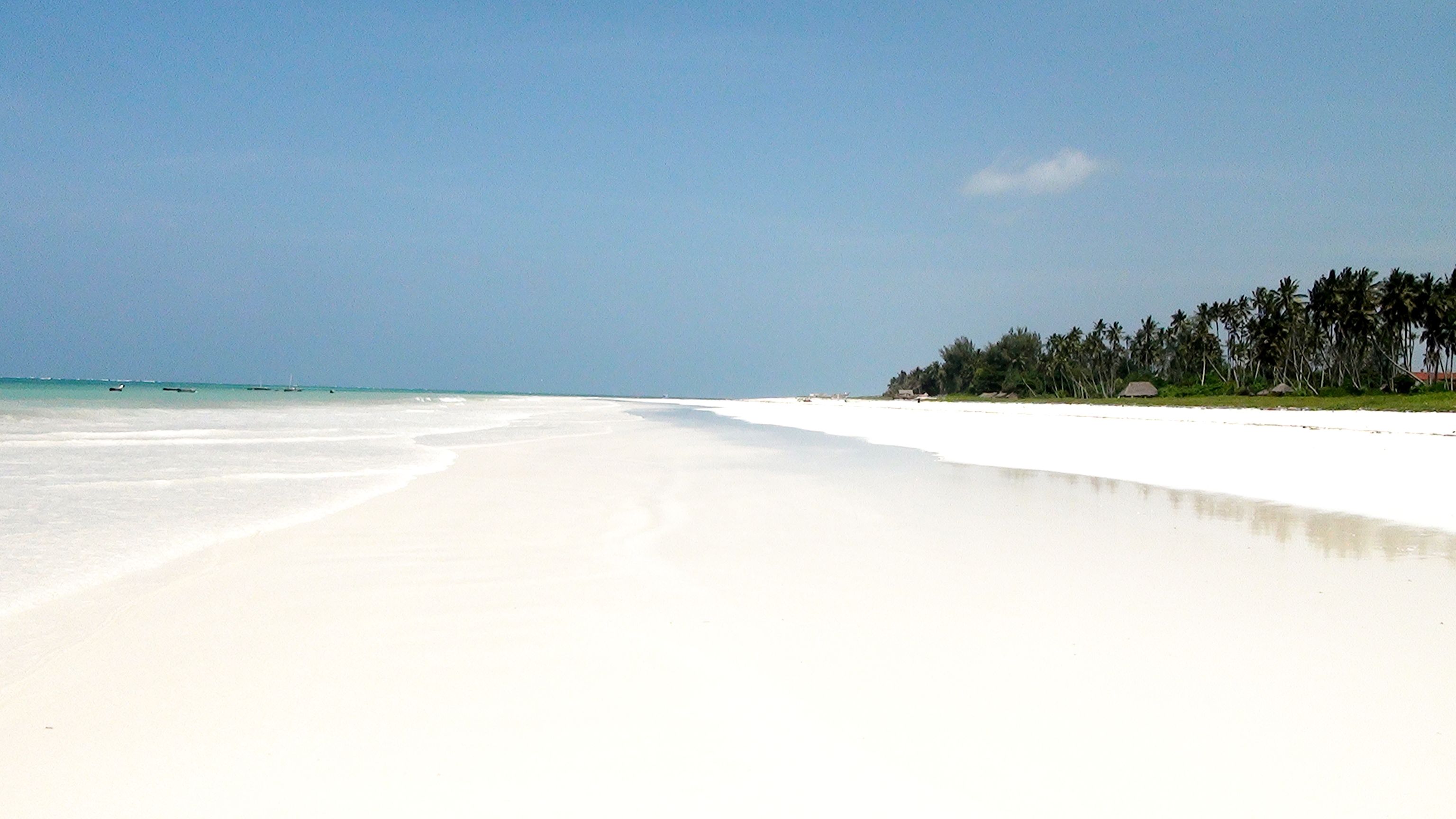
Diani Beach, Kenya
Every year, "great migration" is very tempting in terms of wildlife in the parks. It has been going on for centuries between two parks. Tanzania Serengeti Park and Maasai Mara Reserve. Incredible masses of animals, especially millions of nostalgically known brindle wildebeests, zebras, giraffes, etc., set out on a pilgrimage across the African continent every year. As they graze their food in the Serengeti, wildebeests, many other species of antelope and zebras move to the northern Masai Mary. Giraffes, elephants, lions, leopards, cheetahs, hyenas as well as vultures, marabou storks and other scavengers move along with ungulates. They migrate for food from the southern part of the Serengeti to the north, to the Maasai Mara National Reserve in Kenya. This event begins at the turn of July and August. During October, the game migrates back again. Shots and pictures of endless herds, breathtakingly crossing the Mara River, engage in a struggle for survival (both ungulates who have to cross the river to reach green pastures and predators from the Mara River, led by Nile crocodiles who take risks to secure food), each of you certainly knows.
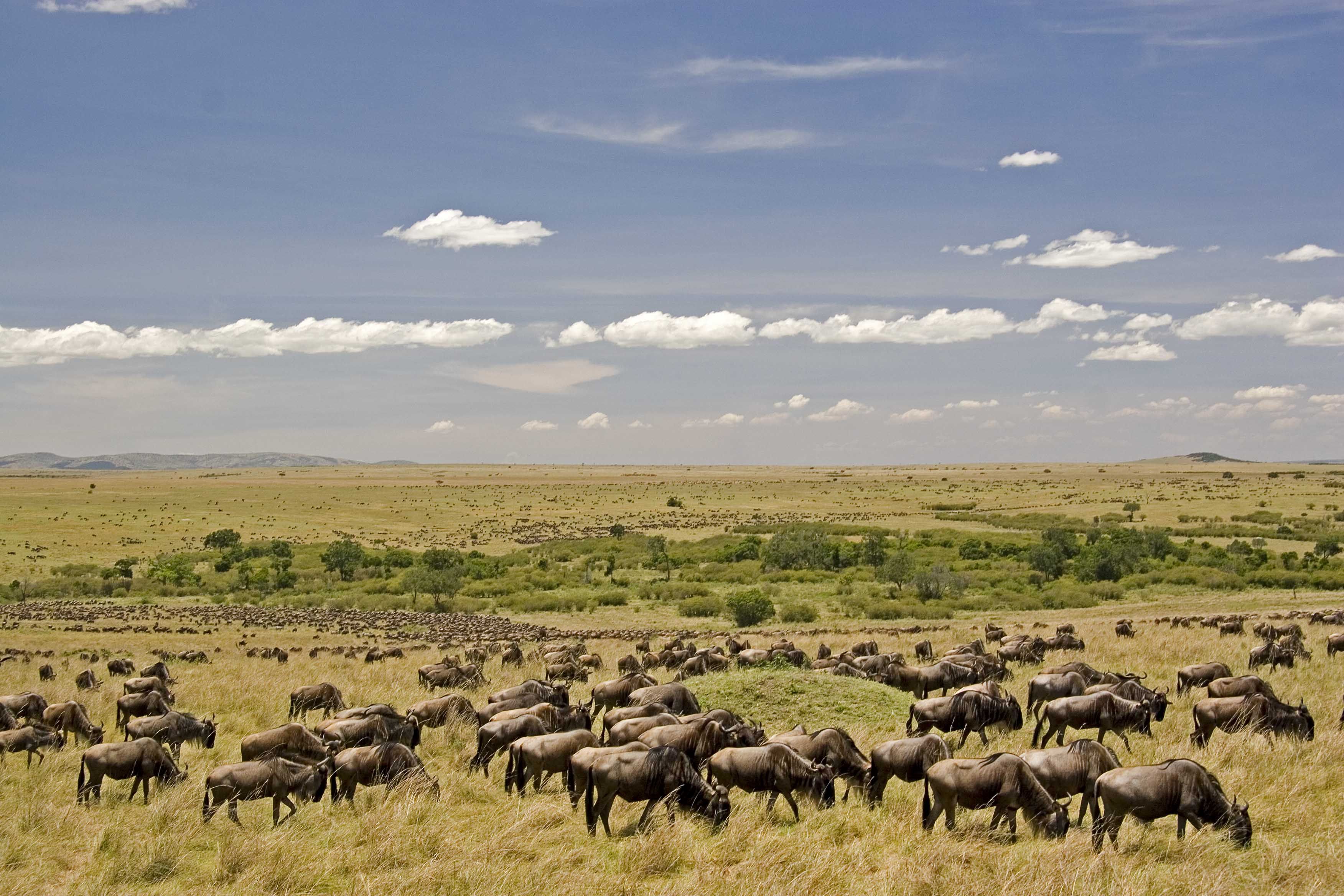
Great Migration, Maasai Mara
However, Kenya's national parks and reserves are abundantly inhabited by wildlife throughout the year. It is then mainly up to experienced drivers and park guides, of whom our travel agency has many to take you to the animals. Drivers and rangers communicate with each other using radios and are therefore in many cases able to take you to the animals.
An indispensable necessity when visiting a Kenyan park, whether Masai Mary or otherwise, is undoubtedly a visit to a Maasai village. For a small fee (about 10 USD), you will look at a real Maasai tribe that has lived an unchanged way of life and adhering to traditions for centuries.
The Maasai are an African black ethnic group of Nilot origin. After a long migration in the past, the Maasai settled between Kilimanjaro and Mount Kenya (Near Heaven) in present-day northern Tanzania and southwestern Kenya. The number of Maasai is estimated at 250,000. Their reputation as unbridled warriors and the preservation of their original way of life is admirable in today's modern world. He speaks Mao, which is a Nilo-Saharan language group. The Maasai are still patriarchal. Maasai living is one of the unchanged and still used traditions. The Maasai village or Boma has a circular shape. It is surrounded by a rich dense "fence" built of branches. This fence forms the outer circle of the village. Inside the village is another wide circular enclosure, where animals hide from wildlife for the night. This enclosure forms the core of the village. The huts are "built" exclusively by women using the original technology. The material is provided by nature. The skeleton of the hut consists of wooden poles fixed in the ground, which are interwoven with smaller poles. A mixture of mud, grass, urine, manure and ash is added to them - all sun-dried. The shack is relatively small - 3x5 m and does not exceed 1.5 m in height - an adult man will not stand in the shack. Inside we can find home cooking, there is a food store and family property. The Maasai sleep and eat here, there are also small animals. There is a fireplace in the middle, although there is no chimney or windows in the hut. The entrance leads to the hut indirectly, which is a kind of security measure against uninvited night visits. Overnight, the entrance is still covered with various fabrics and sticks. The shack not only ensures cold, but we can't find flies inside.
